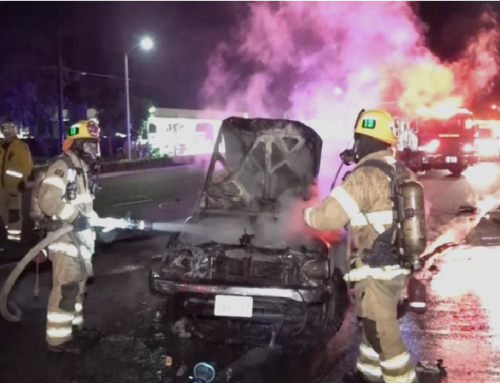At what point in a criminal investigation may law enforcement officers no longer use the “Perkins technique?”
In Illinois v. Perkins, the U.S. Supreme Court held that statements deliberately elicited by an undercover officer posing as the defendant’s cellmate were not inadmissible under Miranda, even though no warnings had been given. Rationale: If the prisoner is unaware he/she is talking to a government agent, there is no reason to presume he will feel compelled to answer questions or make statements, so no compulsion-neutralizing warnings are needed. “We hold that the statements are admissible. Miranda warnings are not required when the suspect is unaware that he is speaking to a law enforcement officer and gives a voluntary statement” (Illinois v. Perkins 1990).
This tactic can be particularly helpful when police are investigating a serious offense, as to which the suspect is more likely to invoke or inhibit overt interrogation once he or she is mirandized by an identifiable officer. The Perkins technique may also be a better approach with a suspect who has a known history of invoking when warned. Rather than give a Miranda warning and risk invocation in such cases, officers may decide to place the suspect into a prepared cell (equipped with audio-video recording), together with an undercover officer wearing jailhouse attire.
The Perkins technique may only be used before the suspects Sixth Amendment right to counsel attaches (by indictment or first court appearance) to a case about which police intend to question him. This is because, unlike Miranda, the Sixth Amendment right to counsel can be violated by covert questioning, in or out of custody. US v. Henry (1980) ruled statements elicited from indicted defendant by government informant/cellmate are inadmissible and Maine v. Moulton (1983) confirmed statements elicited from indicted defendant by government informant during pretrial release are also inadmissible.
Also, unlike Miranda, the constitutional violation occurs when the statements are elicited—rather than only upon their use at trial (Kansas v. Ventris, 2009). This means officials could become subject to potential civil liability for violating a defendants Sixth Amendment rights by employing a Perkins operation after indictment or first court appearance (usually, arraignment) on a case.
Since unlike Miranda, the Sixth Amendment right to counsel is “offense-specific,” officers could continue to use an undercover officer or informant to elicit statements about other uncharged crimes that are not lesser-included offences of the specific offense for which the defendant has been indicted or arraigned. This may prove problematic because cellmates often boast or exaggerate crimes as a defense mechanism.
The question still remains: can the Perkins technique still be used after the suspect has been Mirandized and has invoked? No US Supreme Court or published California appellate opinion has directly considered this question. However, several cases (People v. Thorton 2007, People v. Davis 2005, People v. Jefferson 2008) have applied Perkins to allow admission of statements obtained by covert agents or others after invocation.
Bottom line: The “Perkins technique” may not be used to elicit statements on a specific crime (or lesser included offenses) as to which the Sixth Amendment right to counsel has attached.
*This article was originally published in The Official Publication of the Association for Los Angeles Deputy Sheriffs Incorporated (ALADS) and has been adopted for educational purposes only. It is not intended as legal advice, and is only considered “current” as of the published date.






